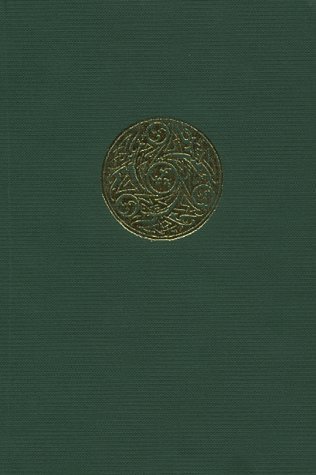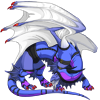This is the first part of a Celtic book, The Book of Invasions. It was compiled by Irish scholars in the 1100’s. It’s a work of great importance where both real history and awesome myths are embedded. The entire text begins with the arrival of Partholon, along with his people after The Flood, though there isn’t a lot of background on that bit. It begins with the conquest of Nemed, a Scythian Greek.
The Scythians were nomads, who lived 500 miles north of Greece, near the borders of the Caspian Sea. They were close (culturally) with the Celts, especially in their art, with the custom of tatooing in their random domestic arrangements. Their contact with the Graeco-Celts must have been very similar, because the Book uses the term “Scythian” and “Greek” interchangeably. Taken as a historical document, The Book of Invasions is pretty much worthless, but as a source for mythology, it is a treasure trove. The stories of the four original invasions were most likely passed down by word of mouth for many generations, before they were written down – although they may record memory of actual events, the characters and such have become so transformed that men, gods, and monsters mingle.

